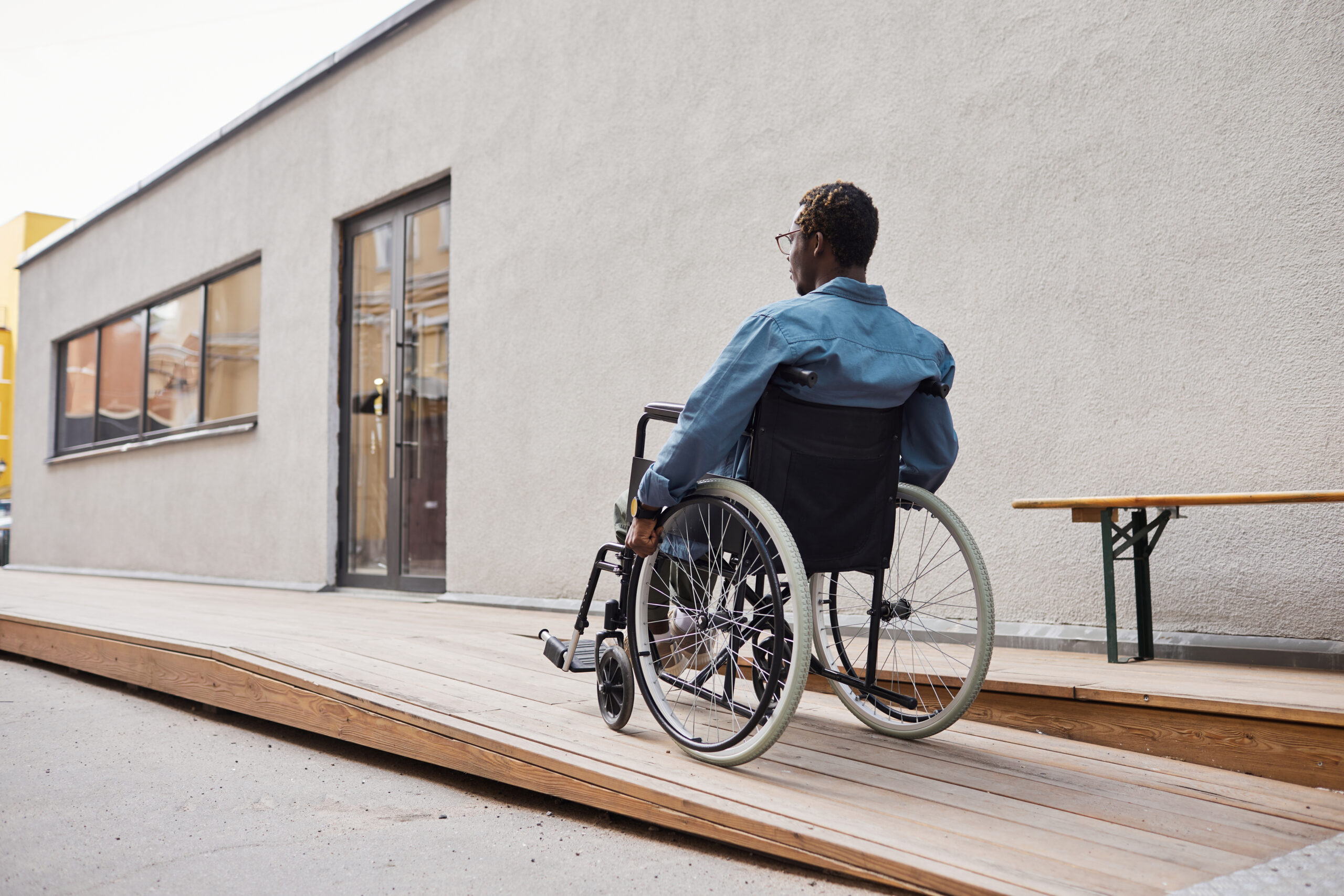Keeping the home in home modifications
Home modifications, a solution to address environmental barriers, often provide a sense of freedom for participants. Whether it be minor or complex, home modifications provide participants an opportunity to return to valued life roles and to reconnect with their community.
This could include a father returning to the kitchen to cook meals for his family, or a young adult no longer needing their parents to physically help them leave the house to go meet up with mates.
But while home modifications can often grant freedom and return to function, for some families, functionality is not the only key to successful outcomes. Along with functionality, there is another key component that can often be overlooked, and this is aesthetics.
Balancing functionality and aesthetics in Home Modifications
While you will encounter some participants who do not care what the modifications will look like, valuing functionality and safety above aesthetics, my experience as a home modifications assessor is that most participants and their families are house proud . These feelings can stem from the family home being a safe space for them, or that the family have done previous renovations to the home and want to preserve the feel of the home, or cherished memories are created within the walls and to see it changed so dramatically would affect their connection to home. Concerns regarding modifications center around wanting the new design to match the existing home, and secondly, there is concern about what impact the modifications will have on the resale value of their home. To paraphrase, they don’t want their home “looking like a hospital.” In 2022, Ainsworth and colleagues found that home modifications were more valued by participants if they did not look clinical and when consideration was given to make the modifications look attractive .
The appearance of home modifications and the impact they have on participants’ sense of self and how others perceive them is an important clinical consideration for therapists working in this space. The cost of most home modifications in Australia will more than likely be approved by a government funding body, and with this grant of funding comes limitations. It is important for therapists to become familiar with these limitations, so that we can best prepare our participants and their families for what is achievable to keep their home feeling homely within the governing framework and budget. And most importantly, to ensure there are no unpleasant surprises waiting for them at the end of the modifications process.
Navigating Home Modifications together
During the assessment process, it is important for therapists to consider:
1. Educating the family on what is possible to change from the approved design during the construction phase, from builder-grade approved materials and products to more participant-pleasing aesthetic items, while not losing out on long-term functional needs.
2. Capacity building participants and their family to understand the relevant guidelines and framework limitations, and what these limitations are from the start of the process. This helps to manage expectations around what their home could look like at the end of a typically, very lengthy and emotionally draining process.
3. Exploring different design options with the participant and their family, weighing up the pros and cons of different design choices on functionality and aesthetics.
The importance of home aesthetics demonstrates the individual nature of modifications, and the importance of person-centered approach throughout the duration of the home modifications process. Ainsworth and colleagues (2022) conclude that if therapists can partner with participants to understand what is important to them and evaluate the complexity of their situation in the initial stages of the modification, participants are more likely to have successful outcomes . In practice, these outcomes include increased participation in meaningful activities, freedom, autonomy, restored relationships with caregivers, and positive impact on self-image, privacy and dignity.
References
Elizabeth Ainsworth, Tammy Aplin, Desleigh de Jonge & Sally Bennett (2022): Understanding home modification outcomes from the perspective of older people and people with a disability: informing home modification evaluation, Disability and Rehabilitation, DOI: 10.1080/09638288.2022.2146765
About the author
Stacey is a Clinical Excellence Lead at KEO Care. With over 5 years experience working predominately in the Home Modifications space, Stacey supports and mentors KEO therapists in the area of Home Modifications and other clinical outcomes. Stacey is passionate about sharing knowledge to upskill the KEO team and achieving great outcomes for the participants that the KEO team supports.
